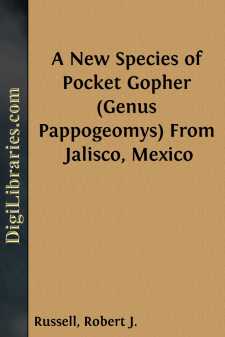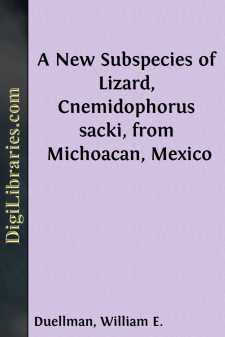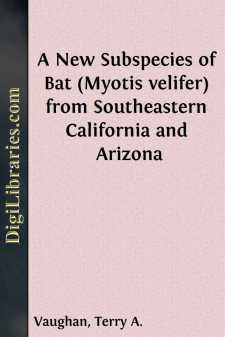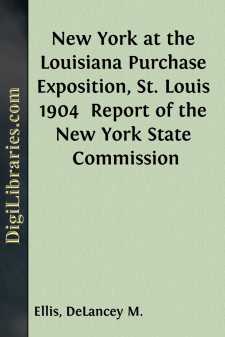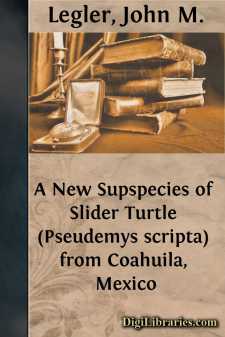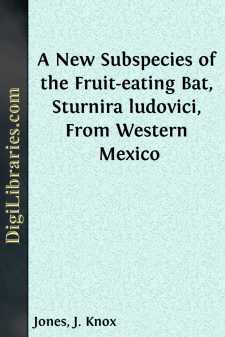Categories
- Antiques & Collectibles 13
- Architecture 36
- Art 48
- Bibles 22
- Biography & Autobiography 813
- Body, Mind & Spirit 142
- Business & Economics 28
- Children's Books 13
- Children's Fiction 10
- Computers 4
- Cooking 94
- Crafts & Hobbies 4
- Drama 346
- Education 46
- Family & Relationships 57
- Fiction 11828
- Games 19
- Gardening 17
- Health & Fitness 34
- History 1377
- House & Home 1
- Humor 147
- Juvenile Fiction 1873
- Juvenile Nonfiction 202
- Language Arts & Disciplines 88
- Law 16
- Literary Collections 686
- Literary Criticism 179
- Mathematics 13
- Medical 41
- Music 40
- Nature 179
- Non-Classifiable 1768
- Performing Arts 7
- Periodicals 1453
- Philosophy 64
- Photography 2
- Poetry 896
- Political Science 203
- Psychology 42
- Reference 154
- Religion 513
- Science 126
- Self-Help 84
- Social Science 81
- Sports & Recreation 34
- Study Aids 3
- Technology & Engineering 59
- Transportation 23
- Travel 463
- True Crime 29
Sort by:
by:
Nathan Banks
The following new species were found in the course of an examination of material in the American Museum of Natural History collected by Dr. F. E. Lutz and Mr. Charles W. Leng in Cuba and by Dr. Lutz in Porto Rico. The types are in that institution. Mecolœsthus signatus n. sp. Cephalothorax pale, with black median mark, wider at head; sternum reddish or yellowish. Abdomen pale, with a black median...
more...
J. R. Alcorn collected a number of pocket gophers of the genus Pappogeomys in the states of Jalisco, Nayarit, and Colima. The bulk of this material was obtained in 1949 and 1950. Full treatment of these interesting pocket gophers will be given by the author in a future publication. Among the Pappogeomys collected by Alcorn were three specimens from the high Sierra del Tigre, an isolated range not...
more...
BRAWN AND MUSCLE. "And Samson went down to Timnath."— Judges xiv: 1. There are two sides to the character of Samson. The one phase of his life, if followed into the particulars, would administer to the grotesque and the mirthful; but there is a phase of his character fraught with lessons of solemn and eternal import. To these graver lessons we devote our morning sermon. This giant no doubt in...
more...
by:
Jacob Bryant
PHŒNIX and PHŒNICES. As there has been much uncertainty about the purport and extent of these terms; and they are of great consequence in the course of history; I will endeavour to state their true meaning. Phoinic, or Poinic, was an Egyptian and Canaanitish term of honour; from whence were formed Φοινιξ, Φοινικες, Φοινικοεις of the Greeks, and Phoinic, Poinicus, Poinicius of...
more...
Top of head and nape dusty brown; tip of rostral and lateral edges of superciliaries dark cream-color; upper labials and sides of head anterior to eyes cream-color, mottled with blue; lower labials and postocular region pale blue; mental, postmental, and sublabials cream-color. Upper surfaces of forelimbs dull bluish gray, spotted with pale greenish yellow; dorsal surfaces of proximal one-fourth of...
more...
by:
Terry A. Vaughan
The first specimens of Myotis velifer from California were taken in 1909 by C. L. Camp at Needles, San Bernardino County (Grinnell, Univ. California Publ. Zool., 12:266, March 20, 1914), and subsequently this bat was recorded from farther south in the lower Colorado River Valley at the Riverside Mountains, Riverside County (Stager, Jour. Mamm., 20:226, May 14, 1939). West of the Rocky Mountains the...
more...
HISTORICAL SIGNIFICANCE [ILLUSTRATION] The Louisiana Purchase Exposition was held in the city of St. Louis in 1904, in commemoration of the acquisition in 1803 of the vast territory west of the Mississippi, then called Louisiana. The transfer is generally regarded as one of the most important events in our national history and stands on record as the greatest acquisition of territory ever made by...
more...
When preparing distribution maps for a revised list of the Mammals of Kansas it became apparent to me that pocket mice of the species Perognathus flavescens from south-central Kansas and adjoining parts of Oklahoma were without a subspecific name. The new subspecies is named and described below. Perognathus flavescens cockrumi new subspecies Holotype.—Female, subadult (P4 moderately worn), skin with...
more...
by:
John M. Legler
In September, 1958, the author and two colleagues collected a large series of Pseudemys in small ponds and in a river in the basin of Cuatro Ciénegas, Coahuila. The specimens prove to represent a previously unrecognized subspecies of Pseudemys scripta. The subspecies is named in honor of Edward Harrison Taylor who has contributed more than any other person to our present knowledge of the herpetofauna...
more...
by:
J. Knox Jones
The fruit-eating bats of the genus Sturnira are represented on the North American mainland by two species, S. lilium and S. ludovici. The former, in most areas the smaller of the two, is widely distributed in México and Central America and is common in many places. On the other hand, S. ludovici, described by Anthony (1924:8) from near Gualea, Ecuador, generally has been regarded as rare; insofar as...
more...



